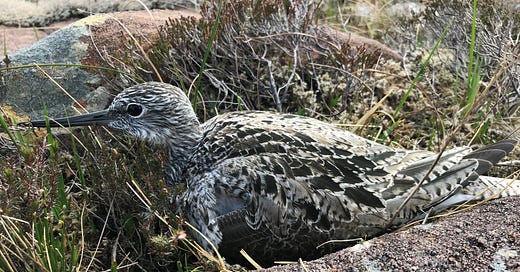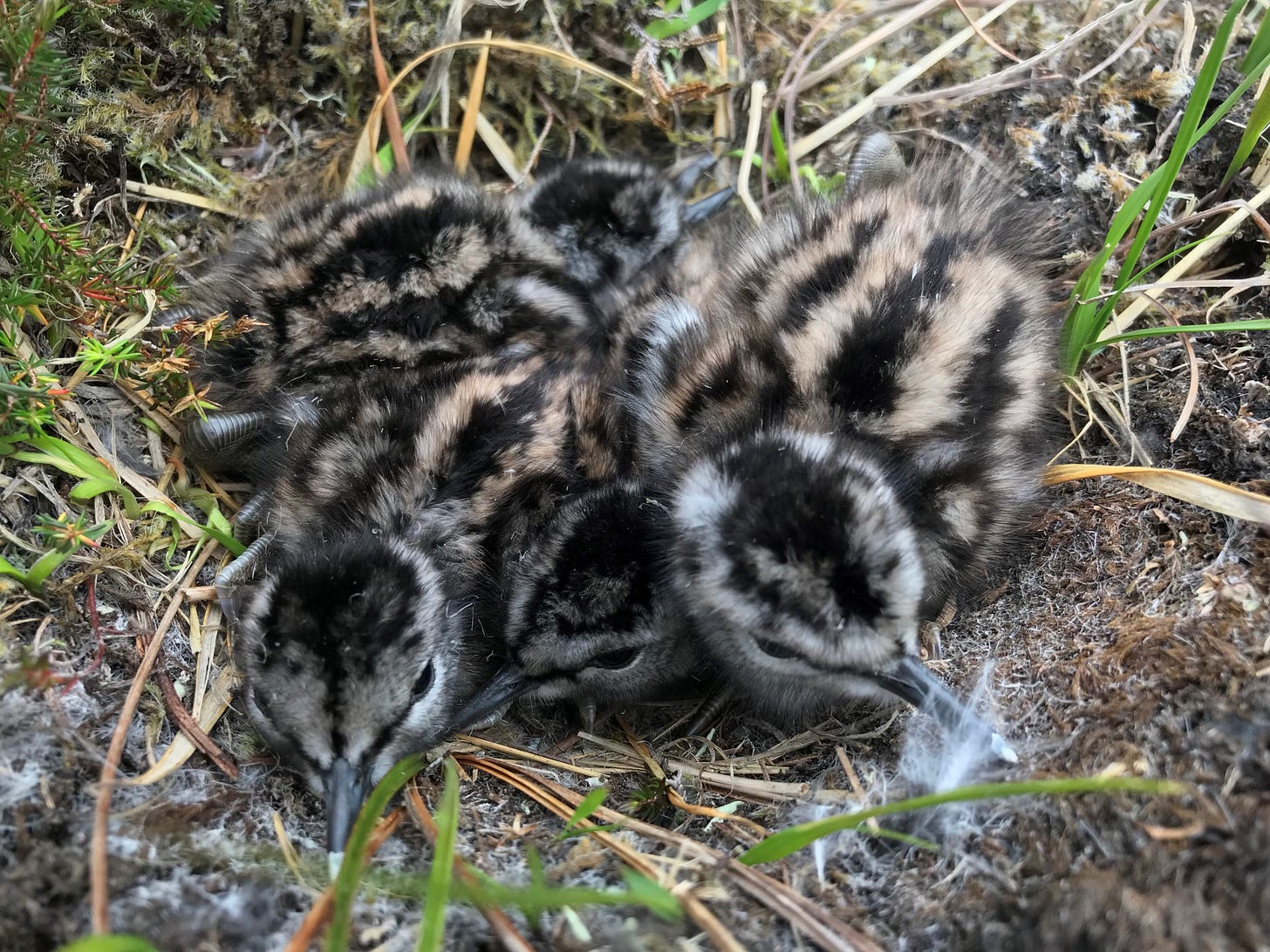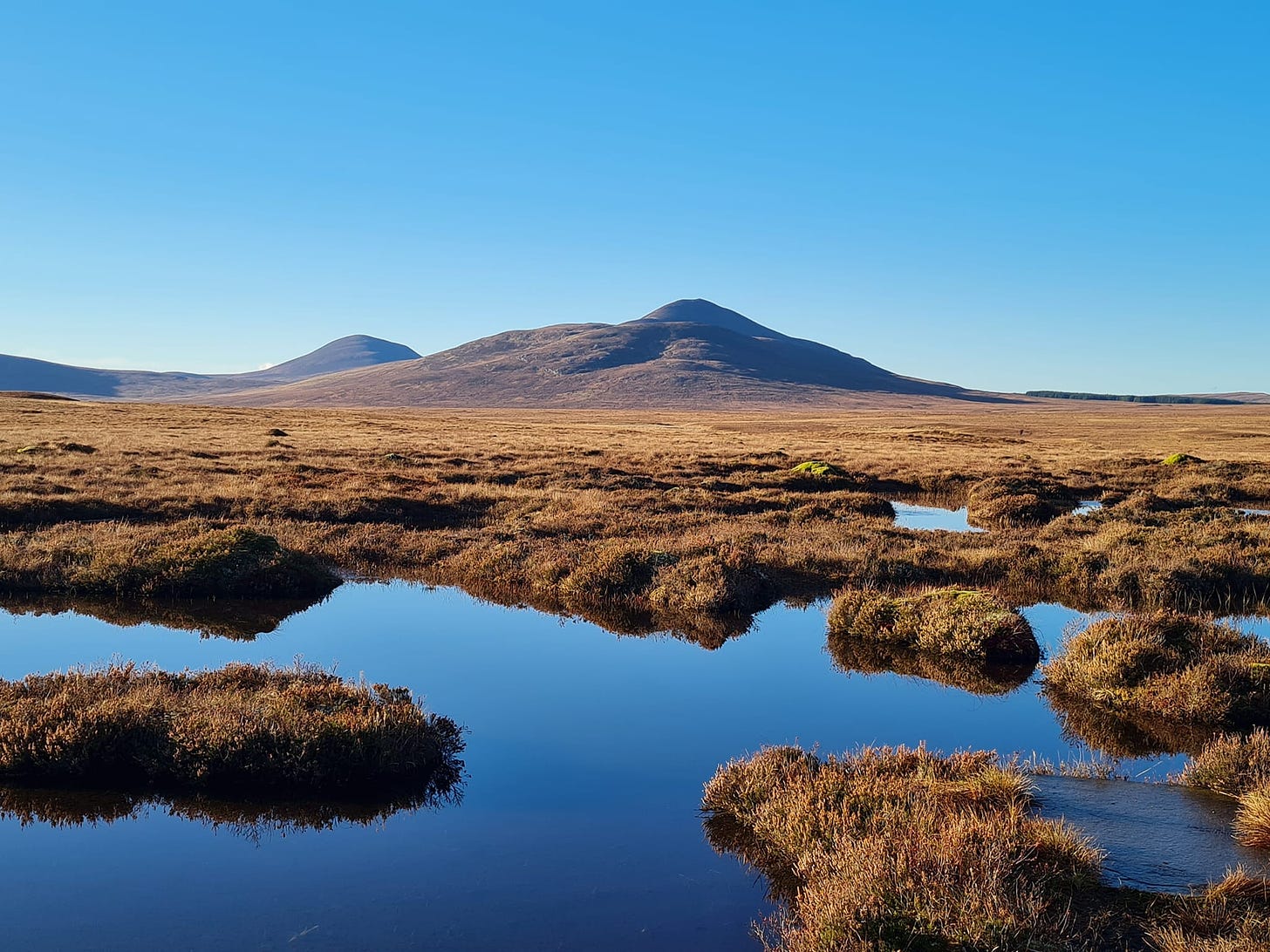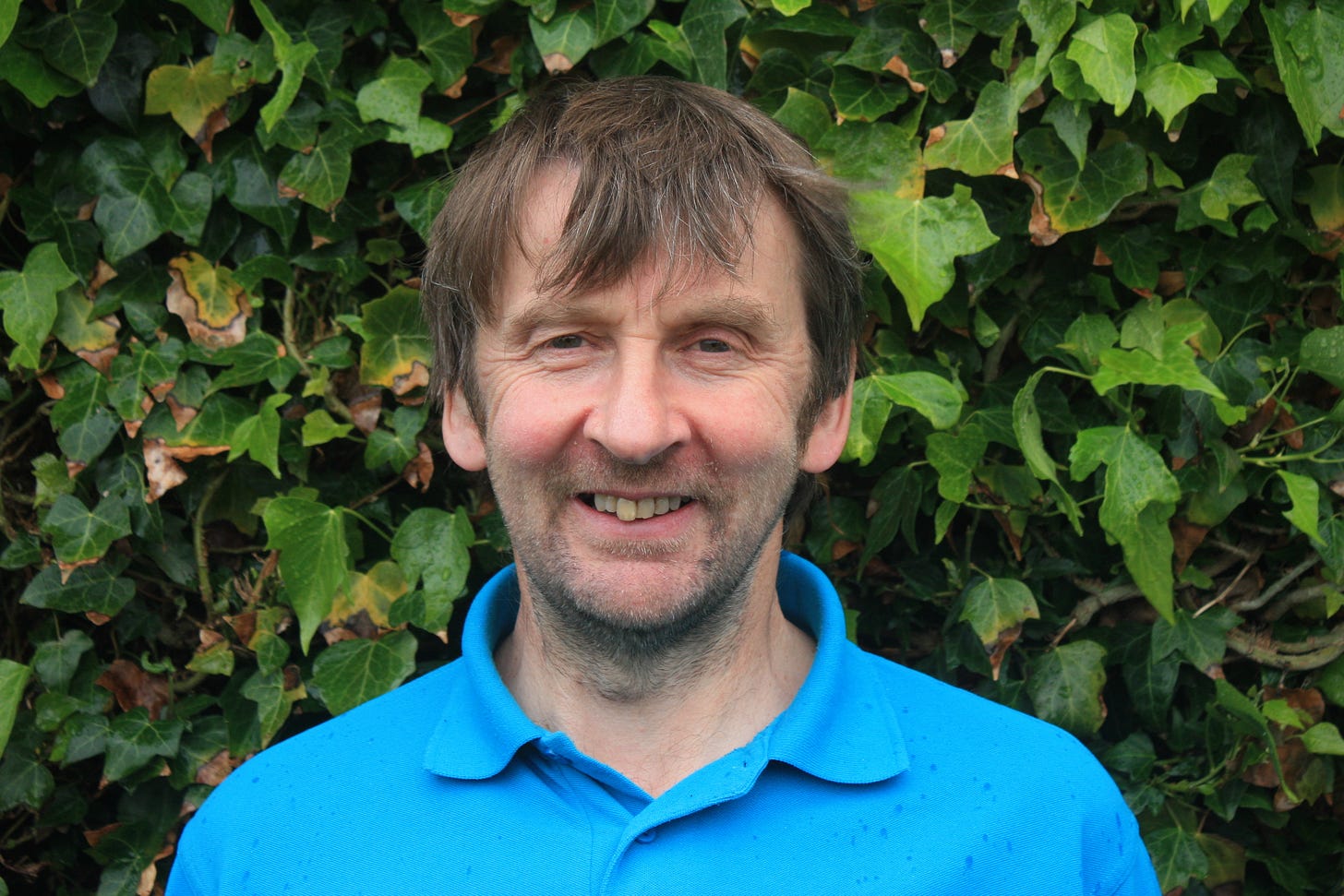It started with a chip - three actually. Not the fish supper type of chip but the call of the Greenshank. We had been sitting in the descending gloom for over an hour. Fingers were numb, joints stiff but alert and “binos” ready. Across vast tract of quiet heathland we suddenly heard the first chipping sound. It was what we were waiting for. It takes patience and knowledge and even more patience to locate a Greenshank nest. Did I mention it takes patience?
When Greenshanks have chicks the adults can be extremely noisy when you get within 500m of the nest. They will give a frantic alarm call and fly around in that distressed way some birds do when you are too close to their nest. But when they are incubating their clutch of four eggs, they are the ultimate in stealth. Superbly camouflaged, when the bird is sitting on a nest in the bog, they are impossible to see. But Greenshanks have one chink in their armour of secrecy, and it is when the parents do the changeover. The sitting bird has been quietly incubating for twelve hours. And when their partner finally arrives, the sitting bird cannot help give that chip-chip-chip call. “teu-teu-teu replies the returning bird. I was assisting some colleagues doing research on these amazing birds. Greenshanks are listed as Schedule One birds under the Countryside and Wildlife Act and you need a licence to go anywhere near their nest.
Greenshanks are the most stunning birds when seen close-up. They can be distinguished from similar-sized waders like redshank and godwits by the grey-green colour of their legs (shanks). Adults are olive-grey above and silvery-white below, with dark streaking on the breast. Greenshank have long, slightly upturned, grey bills. The pattern of their plumage matches perfectly the lichen-studded rocks and molinia-heather mosaic that is so typical of bogs in Caithness and Sutherland. Their song is so evocative of its remote moorland home in the North Highlands. In the rest of northern Europe Greenshanks nest in vast conifer forest interspersed with bog but here they nest in open bogland and probably have done since the last ice-age retreated 10,000 years ago. In the UK, breeding Greenshanks are restricted to the Highland and Hebridean islands with the highest densities in Sutherland and Wester Ross. There are probably just over 1000 breeding birds in this western sub-population.
Each bird will lay 3-4 pale yellow green eggs with a unique zig-zag pattern on the eggshell. So you can actually tell if it was the same female who laid her clutch at this spot last year by the pattern on the eggs. The research guys were pleased to see that the regular Greenshank that they had been monitoring for years, was back. They usually nest within 100m of where they nested last year. I say nest – but actually it is really just a shallow depression in the heather. The oldest known Greenshank was 16 years old.
By late June the eggs will have hatched. Greenshanks are very protective parents and they need to be. Hooded Crows, Raven, Golden Eagles, Foxes and even Otters will fancy a young Greenshank as a meal. If you go too close at this stage the birds usually rise in the air with clamorous cries, fly around the place, advancing towards you and then wheels off into distance again before alighting near one of the bog pools– all the time giving that continuous cry.
To most bird watchers in the South of England this large, lanky wader is most often seen in wetlands, marshes, or on the coast in estuaries or salt marshes when they are on autumn passage. Individuals leave the north of Scotland in August and migrate south to their wintering grounds in the west of Africa and even as far as South Africa. So it is a real privilege to see the bird close-up in its true breeding habitat in its full breeding plumage.
As we packed up our gear and prepared to leave, the last light of day faded from the sky, leaving us with a profound sense of fulfilment. The Greenshank's call still echoed in our minds, a reminder of the delicate balance of nature and the importance of preserving these remote habitats. Witnessing the Greenshank in its breeding environment is a privilege, but its presence highlights the need for responsible behaviour in wild places. Under the Scottish Outdoor Access Code, it is crucial to avoid disturbing nesting birds, and this includes keeping dogs under very close control. Respecting these guidelines helps ensure that species like the Greenshank continue to thrive in their natural habitats. Let us cherish these moments and do our part to protect the delicate web of life in the Scottish boglands.
Andy Summers, North Highland's Senior Ranger for High Life Highland, is a dedicated naturalist with a deep understanding of the region's diverse ecosystems. His extensive experience in wildlife conservation and passion for preserving North Highland's pristine landscapes make him a vital asset. Andy's work encompasses wildlife observation, environmental education, and passing on a greater appreciation for the area's unique flora and fauna. His commitment to conserving North Highland's natural heritage is evident in his expertise and unwavering dedication.









Enjoyed reading this over breakfast - I learn a lot from these newsletters and look forward to them - Go Greenshanks!
Greenshanks are wonderful birds. I've not seen them very often